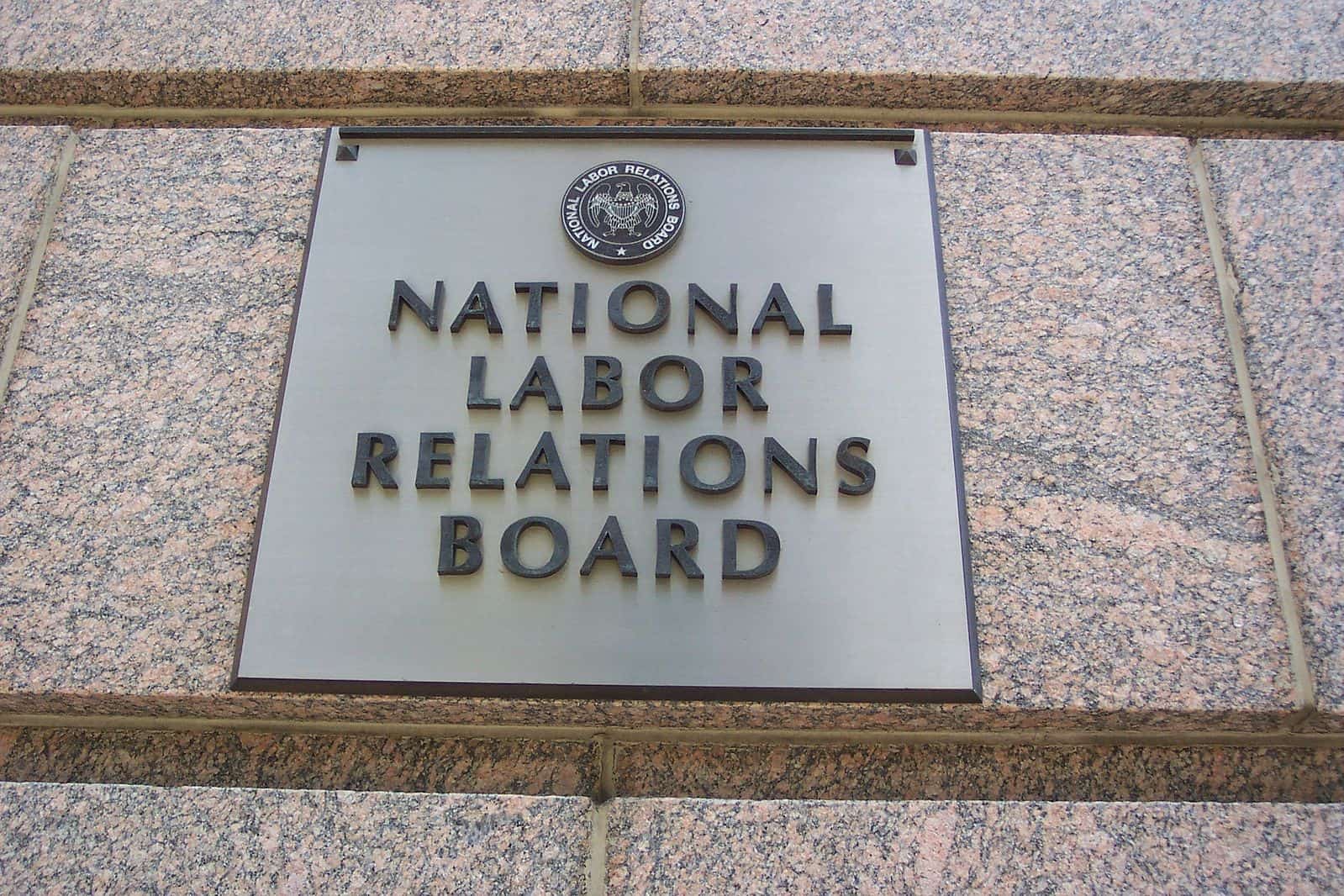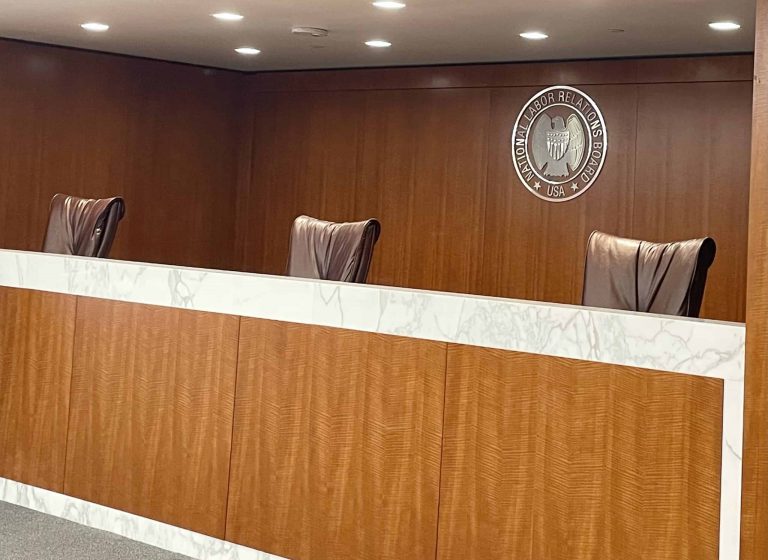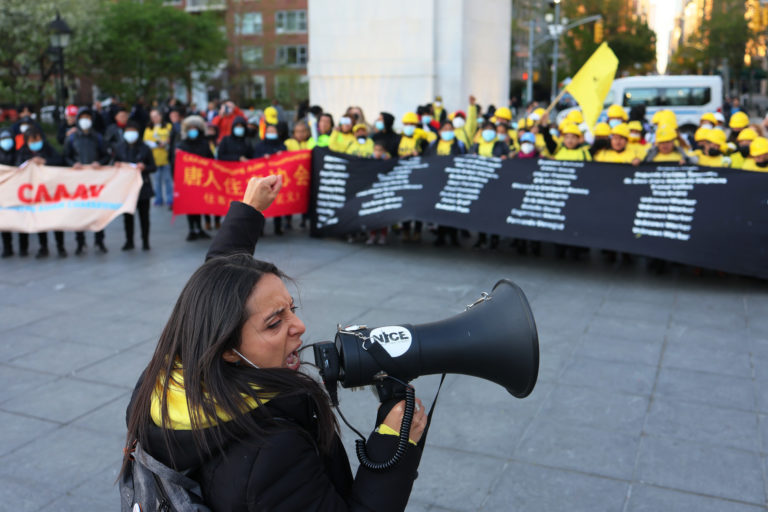
Alexandra Butler is a student at Harvard Law School.
With the number of coronavirus cases mounting, many American workers, faced with continued uncertainty, are looking to Congress for additional assistance. Yet, as Mackenzie reported on Monday, so far, legislators have been unable to reach an agreement about what the government will provide in the form of relief. Democrats have proposed $2.4 trillion in aid, an amount that they argue is both necessary and warranted in light of the election that “repudiated . . . Donald Trump’s approach . . . and embraced [Joe Biden’s].” On the other hand, Senator McConnell and others in the Republican party believe that any bill should be “highly targeted at what the residual problems are.” For Heidi Shierholz of the Economic Policy Institute, however, Republican resistance to a larger relief package is having severe consequences. In an op-ed published on Thursday, she highlights that “blocking more COVID relief is . . . terrible economics”: it eliminates jobs, reduces access to health insurance and “exacerbat[es] racial inequality.”
Recognizing the uncertainty that many face, some employers have focused their attention on improving company-provided health insurance plans. As the potential health and economic consequences of COVID-19 loom large, a lot of employers are working to avoid an increase in insurance prices for their employees. In addition, companies have begun to provide additional resources, such as virtual health care, critical illness insurance and hospital indemnity insurance. Yet, these efforts affect only 49.6% of the population, those covered by employer-provided insurance plans. Moreover, varying approaches among employers will leave some with rising costs and without improved benefits.
In a recent blog post published by the UC Berkeley Labor Center, Betony Jones rebuts the argument that a worker-friendly agenda is necessarily at odds with any transition to solar energy. Specifically, she highlights that, contrary to popular belief, prevailing wages for skilled workers don’t “spell[] doom for the [solar] industry.” Relying on available data, Jones’s analysis reveals that adhering to prevailing wages will have only a minimal and transient effect on total industry costs and overall consumer interest. Moreover, she notes that variations in prevailing wage, as well as the potential for increased worker productivity, undermine any arguments that such compensation is always unrealistic or too expensive. Lastly, Jones emphasizes that “[r]educing labor costs is not the only way to reduce solar costs,” underscoring the potential for cost cuts in areas unrelated to labor, such as sales and marketing, overhead and profits.
In a timely op-ed published in the New York Times, Journalist Anna Louie Sussman advocates for gender pay equity, an approach that provides “equal pay for work of equal value.” Turning to New Zealand as an example, Sussman highlights that this approach requires advocates to analyze labor markets in a larger context and to undo the undervaluation of jobs most often held by women. Specifically, it calls on society to take a skills-based approach to job pay classification, in an effort to show, that despite existing pay discrepancies, comparable “women’s work” and “men’s work” often require similar skill sets. Sussman applauds New Zealand’s willingness to embrace this method, highlighting the success that a group of social workers, often a female-dominated profession, had in obtaining a 30.6% pay increase. For next steps, Sussman implores us to follow New Zealand’s lead, asking: “Are we willing to re-examine the assumptions embedded in what we have been told are ‘free markets’ for labor?”
In the aftermath of the election, unions are pushing for the removal of the General Counsel of the National Labor Relations Board (NLRB), Peter Robb. The NLRB’s recent pro-management agenda – one that has undermined investigatory practices and attempted to quell union dissent – has raised red flags for worker advocates. As a result, many believe that President-elect Joe Biden must replace Robb in order to restore the NLRB’s commitment to unions and workers. Proponents of this proposal are looking to a recent Supreme Court decision, Seila Law v. Consumer Financial Protection Bureau (CFPB), for legal support, noting that the case, which allows the President to fire the Director of the CFPB, may offer a constitutional path to achieve their goals.






Daily News & Commentary
Start your day with our roundup of the latest labor developments. See all
December 22
Worker-friendly legislation enacted in New York; UW Professor wins free speech case; Trucking company ordered to pay $23 million to Teamsters.
December 21
Argentine unions march against labor law reform; WNBA players vote to authorize a strike; and the NLRB prepares to clear its backlog.
December 19
Labor law professors file an amici curiae and the NLRB regains quorum.
December 18
New Jersey adopts disparate impact rules; Teamsters oppose railroad merger; court pauses more shutdown layoffs.
December 17
The TSA suspends a labor union representing 47,000 officers for a second time; the Trump administration seeks to recruit over 1,000 artificial intelligence experts to the federal workforce; and the New York Times reports on the tumultuous changes that U.S. labor relations has seen over the past year.
December 16
Second Circuit affirms dismissal of former collegiate athletes’ antitrust suit; UPS will invest $120 million in truck-unloading robots; Sharon Block argues there are reasons for optimism about labor’s future.